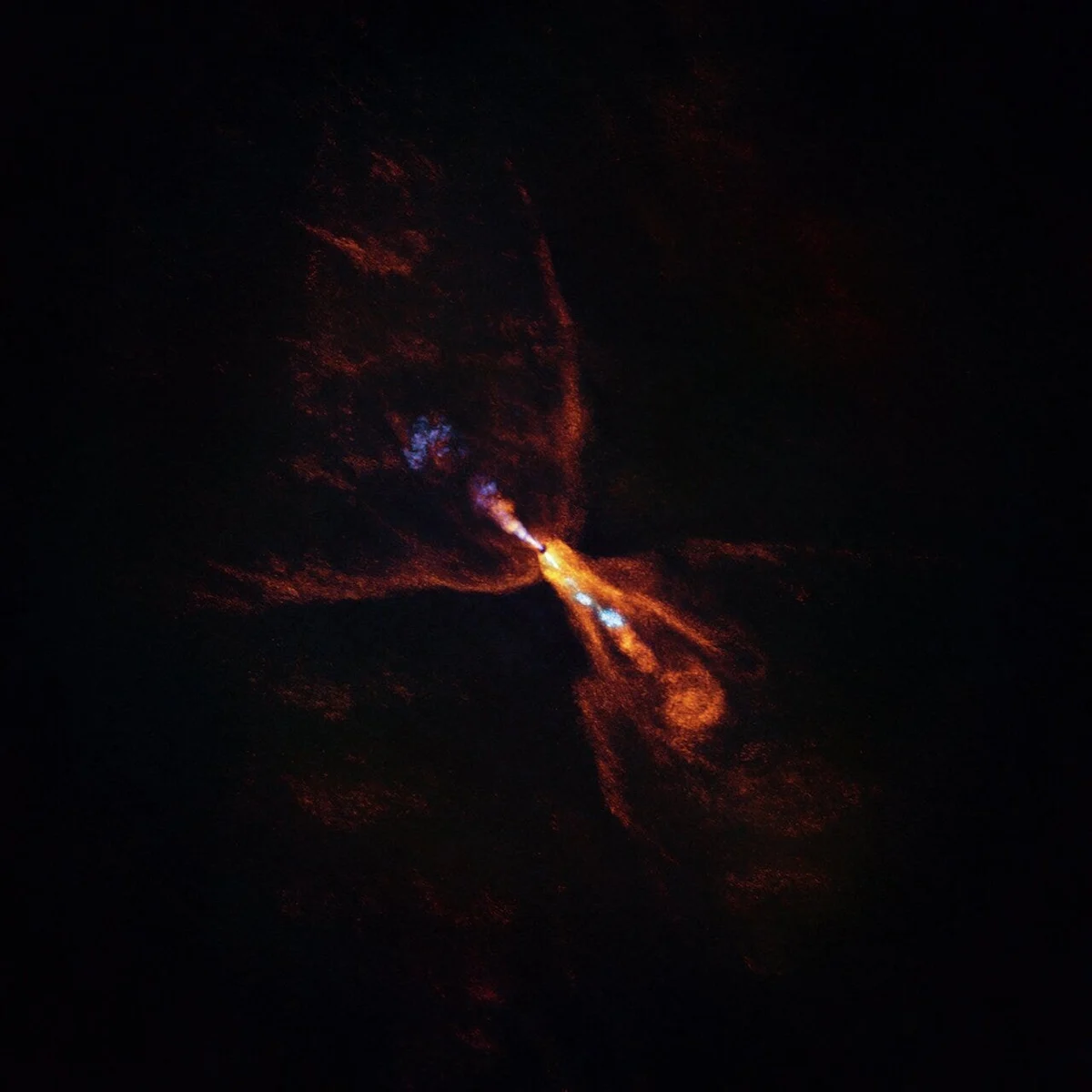
Here’s how a star beyond Earth’s sun could offer a ‘picture of the baby solar system’
How did your country report this? Share your view in the comments.
Diverging Reports Breakdown
Here’s how a star beyond Earth’s sun could offer a ‘picture of the baby solar system’
Astronomers were able to pinpoint the moment when the first specks of planet-forming material began to coalesce around the protostar. The finding marks a major milestone in the study of planetary formation and opens a window into the past of our own solar system. The discovery could help astronomers glean more insights into our own cosmic history. It also provides astronomers with new information to study early planet formation that could serve as a model for newborn solar systems across the galaxy. The research was published in the journal Nature on July 16, 2014. For confidential support call the Samaritans on 08457 90 90 90 or visit a local Samaritans branch, see www.samaritans.org for details. In the U.S. call the National Suicide Prevention Line on 1-800-273-8255 or visit http://www.suicidepreventionlifeline.org/.
Planet-forming materials were first identified using NASA’s James Webb Space Telescope. Astronomers then traced the origin using a ground telescope in Chile known as ALMA.
The discovery could help astronomers glean more insights into our own cosmic history.
In an incredible breakthrough, a team of international astronomers have for the first time ever witnessed the birth of a planetary system beyond Earth’s sun that could one day resemble our own.
The newborn planetary system appears to be emerging 1,300 light-years away around a baby star known as HOPS-315 that resembles a young version of the Earth’s own sun. Using data from ground and space telescopes, the researchers were able to pinpoint the moment when the first specks of planet-forming material began to coalesce around the protostar.
The finding marks a major milestone in the study of planetary formation and opens a window into the past of our own solar system, the researchers say in a press release from the European Space Observatory.
“For the first time, we have identified the earliest moment when planet formation is initiated around a star other than our sun,” lead researcher Melissa McClure, an astronomer at Leiden University in the Netherlands, said in a statement.
How do planets form? Our solar system holds clues
Stars form when an accumulation of gas and dust collapses because of gravity. Scientists think that generally what follows is the formation of planets, which emerge from the giant, doughnut-shaped disk of gas and dust that circles young stars, known as protoplanetary discs.
In our solar system, the first solid material to condense near Earth around the sun is found trapped within ancient meteorites – or rocks from space that survive their trip through Earth’s atmosphere.
Astronomers can determine the age of these space rocks to calculate when the clock started on the solar system’s formation.
Because meteorites are packed with crystalline minerals that contain silicon monoxide, they can condense at the extremely high temperatures present in young planetary discs. Over time, these condensed solids bind together in a process that kickstarts planet formation as they gain both size and mass.
Jupiter’s gravity, often called the “architect” of our solar system, played a critical role in shaping the orbits of other planets and sculpting the disk of gas and dust from which they formed.
Webb telescope helps spot planetary formation around HOPS-315
Now, evidence of these hot minerals were found just beginning to solidify in the disc around HOPS-315.
The minerals were first identified using NASA’s James Webb Space Telescope. To trace the origin of the signals, the team turned to the ground-based Atacama Large Millimeter/ submillimeter Array (ALMA), an array of 66 radio telescopes located in the desert of northern Chile.
The data from the observatories suggested that the chemical signals were coming from a small region of the disc around the star equivalent to the orbit of the asteroid belt around the Earth’s sun, according to the researchers.
Findings serve as ‘picture of the baby solar system’
It’s not uncommon for astronomers to see protoplanetary discs containing infant Jupiter-like planets around baby stars like HOPS-315. But scientists have always known that the first solid parts of planets, known as planetesimals, must form much earlier.
Merel van ‘t Hoff, an astronomer at Purdue University who co-authored the research, compares the findings to “a picture of the baby solar system.”
“We’re seeing a system that looks like what our solar system looked like when it was just beginning to form,” van ‘t Hoff said in a statement.
For that reason, the discovery could help astronomers glean more insights into our own cosmic history. It also provides astronomers with new information to study early planet formation that could serve as a model for newborn solar systems across the galaxy.
The research was published July 16 in the journal Nature.
Eric Lagatta is the Space Connect reporter for the USA TODAY Network. Reach him at elagatta@gannett.com
Source: https://www.usatoday.com/story/news/nation/2025/07/17/new-baby-solar-system-planets/85255165007/
